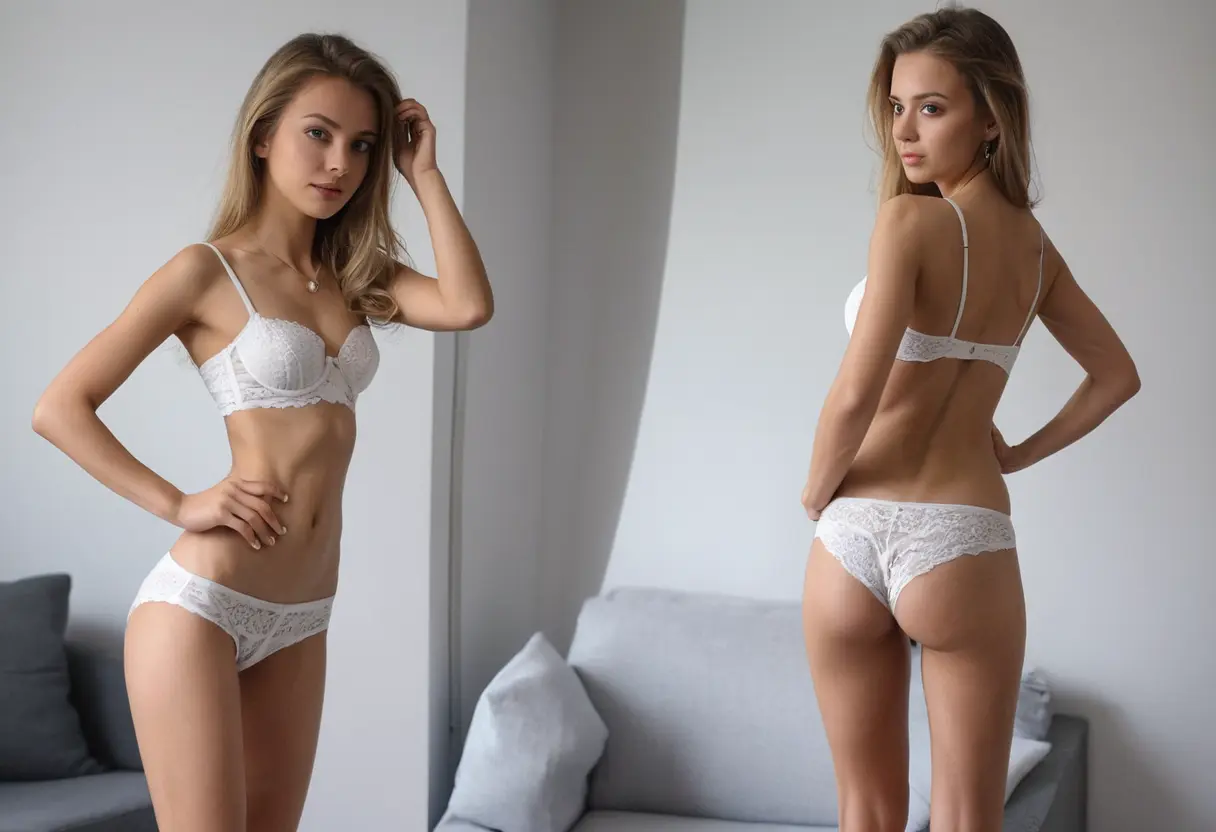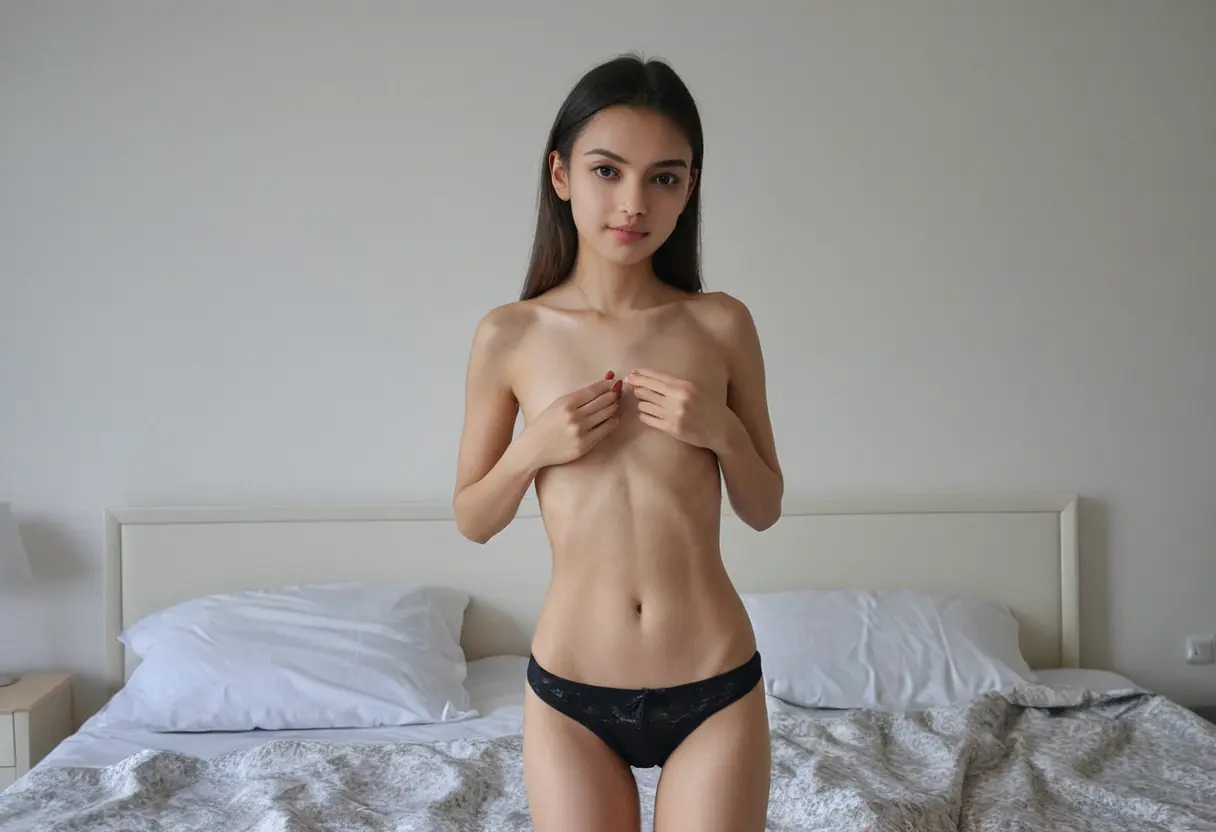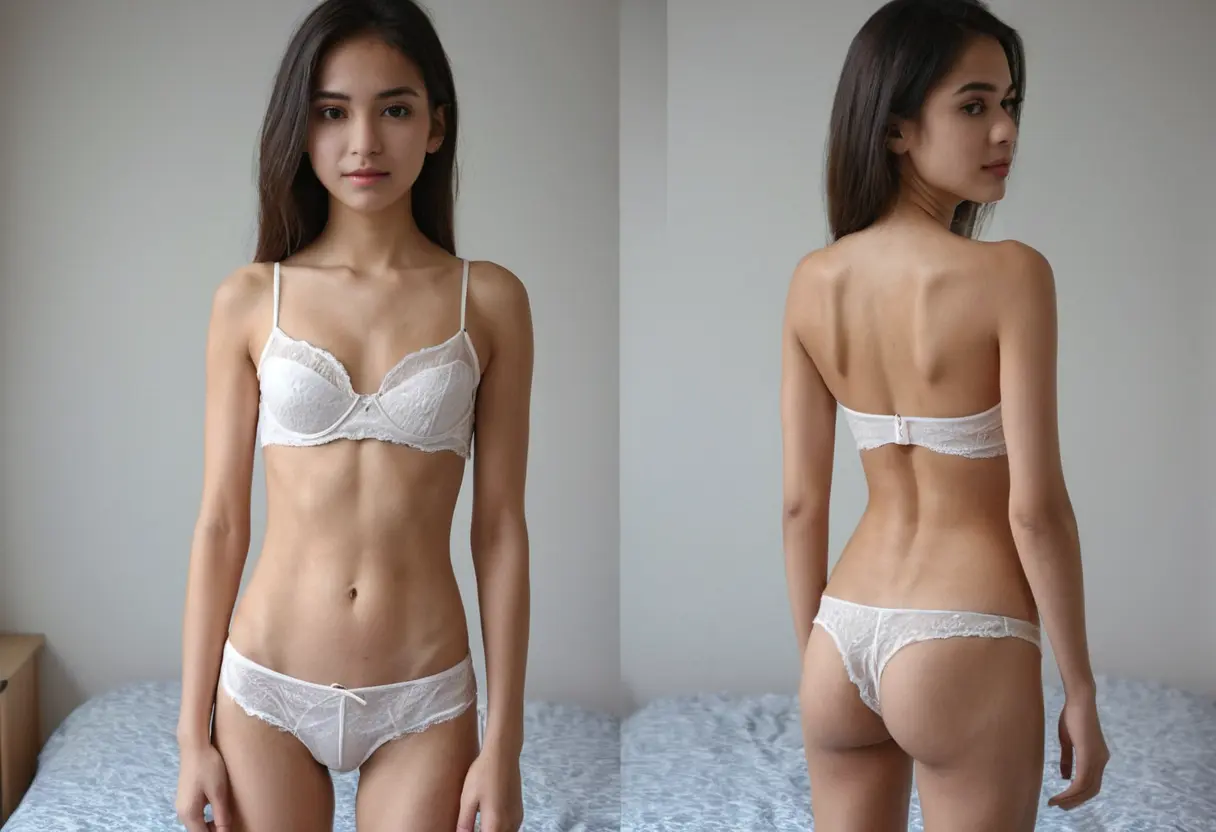In the rapidly evolving world of AI technology, there has been growing interest in tools that can generate hyper-realistic images based on public figures and celebrities. One of the more controversial areas in this realm involves AI-generated images of celebrities like Taylor Swift. Often referred to as "Taylor Swift AI nudes," these images are part of a larger trend of AI manipulation that raises both ethical and privacy concerns. In response to these issues, solutions like UndressAITool have emerged as more responsible alternatives that aim to provide users with safer and more ethical AI-generated content. This article explores the concept of Taylor Swift AI nudes, the role of UndressAITool, and why it is a better option for those interested in this type of technology.
The term "Taylor Swift AI nudes" refers to the use of artificial intelligence to create fabricated nude images of the celebrity Taylor Swift. These images are not real and are typically generated by AI programs that take publicly available photos of the individual and alter them into explicit content. The advent of AI-based technology has made it easier to create such manipulated images, which has led to ethical debates about privacy, consent, and the potential harm caused by these technologies.

While some people may use these tools for personal satisfaction or curiosity, the risks associated with generating and distributing such images can be severe. Issues such as the violation of personal privacy, the potential for defamation, and the spread of non-consensual explicit content highlight the darker side of this trend. This has made it clear that there is a need for more responsible and ethical tools in the AI image generation space.

UndressAITool is a tool that offers a safer and more ethical way to explore AI-generated content. Unlike AI tools that create explicit images, UndressAITool provides users with a way to experiment with AI-generated clothing removal without crossing into explicit territory. By focusing on a more responsible use of AI technology, UndressAITool serves as a valuable alternative for those who are interested in the capabilities of AI-generated images but want to avoid engaging in harmful practices.

UndressAITool works by allowing users to simulate the process of clothing removal on AI-generated images, but it does so without creating explicit content. This distinction is important because it emphasizes a more respectful and non-invasive use of AI, aligning better with ethical standards for digital content creation. It is crucial to note that the focus of UndressAITool is to give users a way to interact with AI in a manner that is not harmful or damaging to individuals’ reputations or privacy.
There are several reasons why UndressAITool is a preferred choice over tools that generate explicit images like "Taylor Swift AI nudes." Some of the key benefits of using UndressAITool include:
The issue with AI-generated nudes, including those involving celebrities like Taylor Swift, is not just about the technology itself but also the risks associated with its misuse. These risks include:
By using a tool like UndressAITool, users can avoid contributing to these negative outcomes while still engaging with cutting-edge technology. This tool provides a space for creative exploration while maintaining respect for privacy, consent, and personal boundaries.
In conclusion, while the fascination with AI-generated images, including the controversial "Taylor Swift AI nudes," is growing, it is important to choose tools that promote ethical and responsible use of technology. UndressAITool offers a safer and more respectful alternative for those who are curious about AI's capabilities. By avoiding explicit content and focusing on non-invasive applications of AI, UndressAITool ensures that users can experiment with AI in a way that is both innovative and ethical. Whether you are an AI enthusiast or simply curious about the potential of these technologies, UndressAITool provides a platform that prioritizes privacy, consent, and responsible digital content creation.